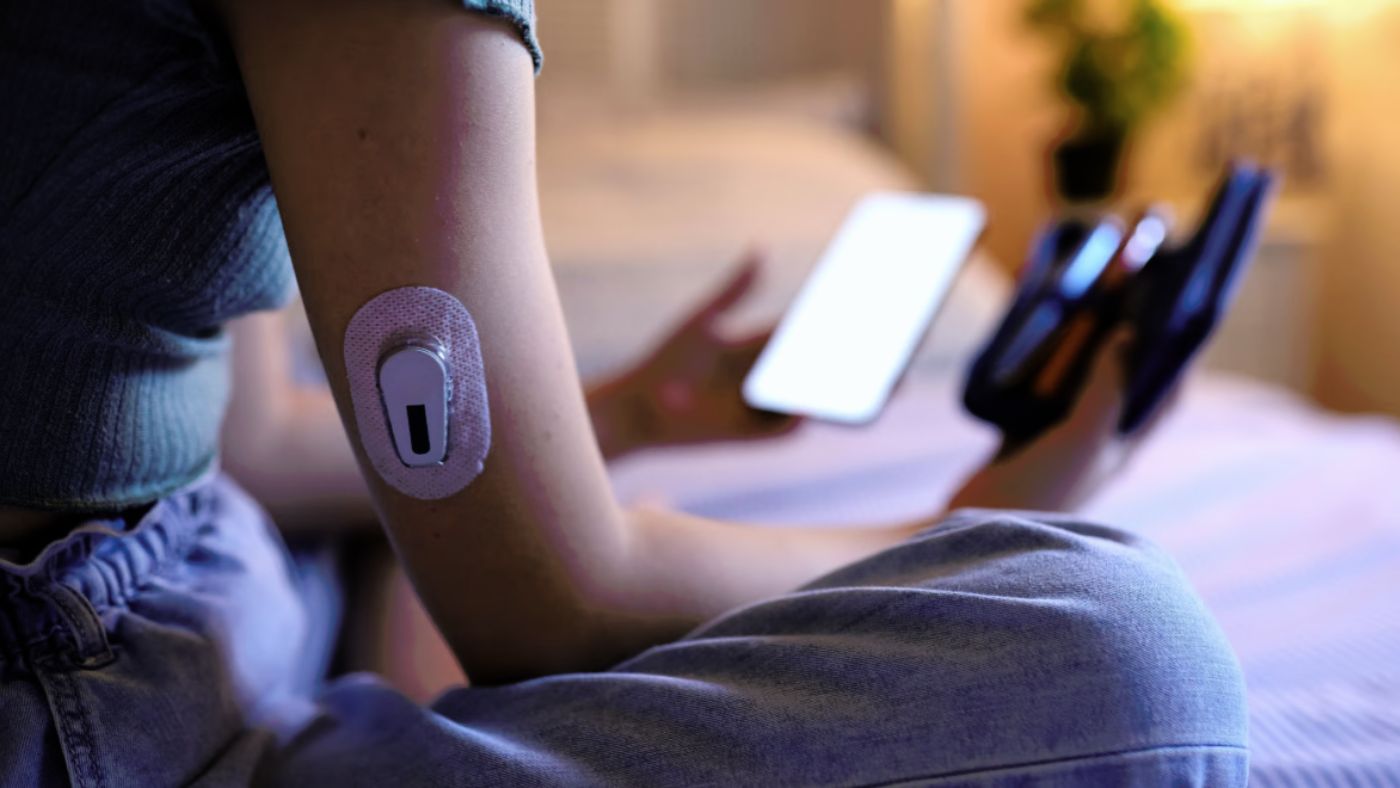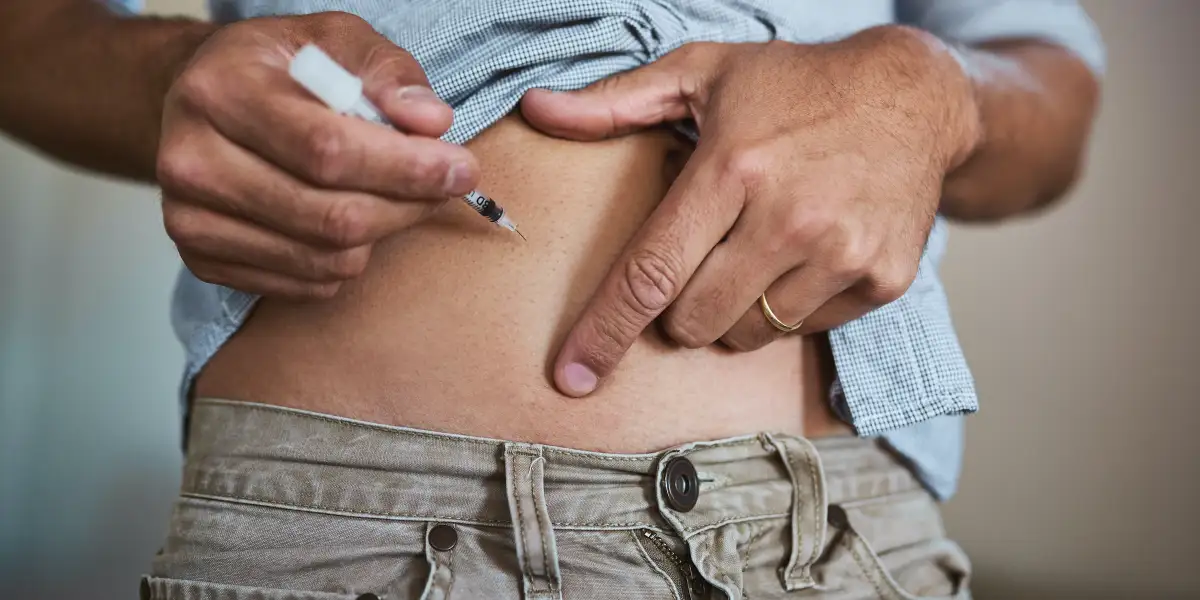Researchers have devised a method to implant a thread-like device housing insulin-secreting pancreatic cells beneath the skin, effectively reversing type 1 diabetes in mice without the need for anti-rejection drugs. This innovation could potentially offer an alternative to insulin injections.
Type 1 diabetes occurs when the immune system attacks and destroys the insulin-producing cells in the pancreas, known as islet cells, resulting in the inability to produce insulin and requiring lifelong insulin administration or pump use.
Collaborating between Cornell University and the University of Alberta (U of A), scientists developed an under-the-skin implant capable of secreting insulin while circumventing immune responses typically triggered by implanted devices.
“Over the years, I receive a lot of emails and requests from parents and patients saying, ‘Hey, my baby was diagnosed with type 1 [diabetes], can you help us?’” explained Minglin Ma, one of the study’s corresponding authors from Cornell’s College of Agriculture and Life Sciences (CALS).
“It’s a very bad disease, and a lot of children have it. So, we are really serious about pushing this into something clinically applicable, something that’s impactful.”
In 2017, Ma introduced the Thread-Reinforced Alginate Fiber For Islets enCapsulation (TRAFFIC), which utilized a removable nylon thread implant containing thousands of islet cells protected by a thin alginate hydrogel coating, placed in the abdominal cavity.
By 2021, an enhanced version of this implant effectively regulated blood sugar in mice for up to six months.
The success of Ma’s implant caught the attention of U of A diabetes researcher James Shapiro, who had developed a method involving the insertion of islet cells in subcutaneous channels under the skin, supplemented with immunosuppression for protection.
“Intrigued by the advantages of Ma’s approach in avoiding the need for immunosuppression, I wondered if we could combine our two innovative strategies to enhance cell survival,” noted Shapiro, the study’s other corresponding author.
“And indeed, it worked! By combining the two, we significantly improved the engraftment of cells without requiring anti-rejection drugs.”

The resulting collaboration produced SHEATH (Subcutaneous Host-Enabled Alginate THread), a system implanted in two steps.
Initially, a medical-grade nylon catheter is inserted under the skin, where it remains for four to six weeks, stimulating a controlled inflammatory response that fosters the formation of a dense network of blood vessels.
Once removed, the alginate-based device containing islet cells is inserted into the created pocket or channel, benefiting from the surrounding vessels for oxygen and nutrients.
“That channel is a perfect fit for our device,” Ma affirmed. “Shapiro used the analogy that this is like a hand in a glove. And putting something under your skin is much easier, much less invasive than in the abdomen.
It can be done as an outpatient procedure, so you don’t have to stay in hospital. It can be done under local anesthesia.”
Implanting the SHEATH system in diabetic mice resulted in the reversal of the condition without necessitating immunosuppression.
Tests demonstrated robust long-term diabetes reversal, with some mice maintaining normal blood glucose levels for over 190 days. Furthermore, the system allowed for the removal and replacement of failing implants, restoring normal blood glucose levels upon replacement.
The researchers successfully adapted the SHEATH approach for use in minipigs, including procedures for implant insertion, removal, and replacement, underscoring the system’s scalability.
While acknowledging the promising aspects of the SHEATH system, the researchers recognize challenges that must be addressed for its clinical implementation. These include determining optimal catheter length and identifying suitable anatomical sites for implantation.
“The challenge lies in maintaining functionality of these islet cells over an extended period within the body, where the device could potentially obstruct blood vessels,” explained Ma.
“Although our device design aims to maximize nutrient and oxygen exchange, we may need additional methods to support long-term cell function in larger animal models and eventually in patients.”
These additional methods may include incorporating continuous oxygen supply mechanisms into the device. Ma has launched Persista Bio, a new Cornell spin-off, aimed at developing a separate device for supplying additional oxygen to cells.
Despite these challenges, the researchers remain optimistic that future iterations of the implant device could function for two to five years before requiring replacement.
